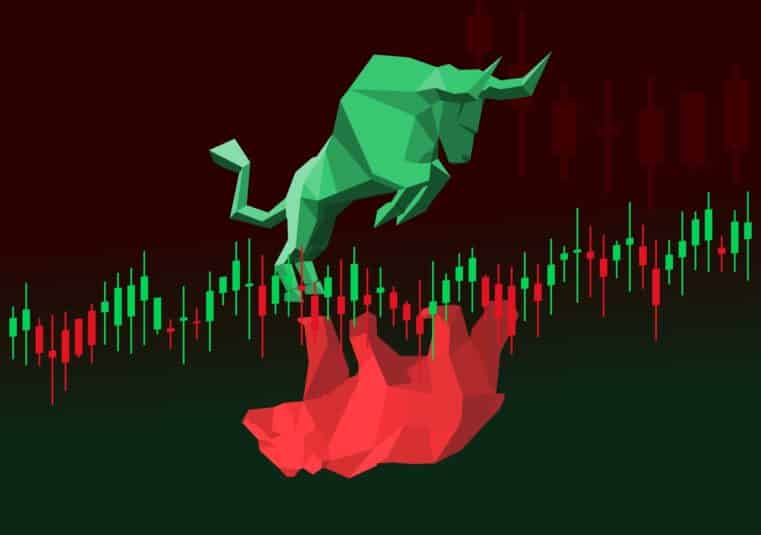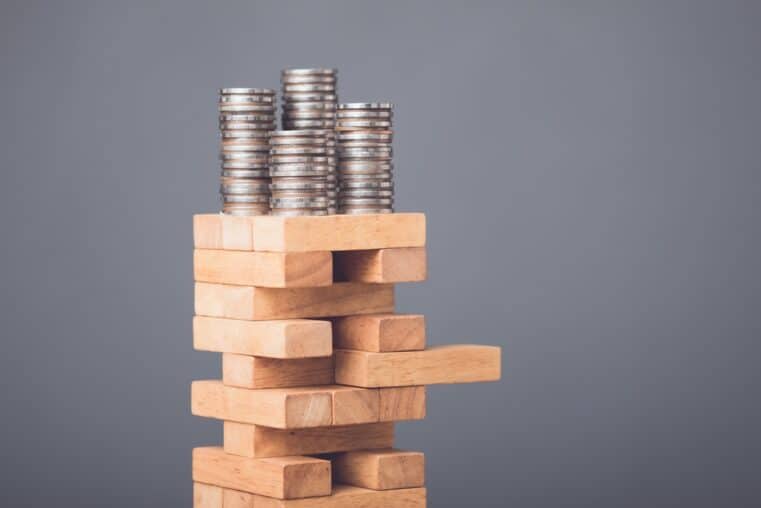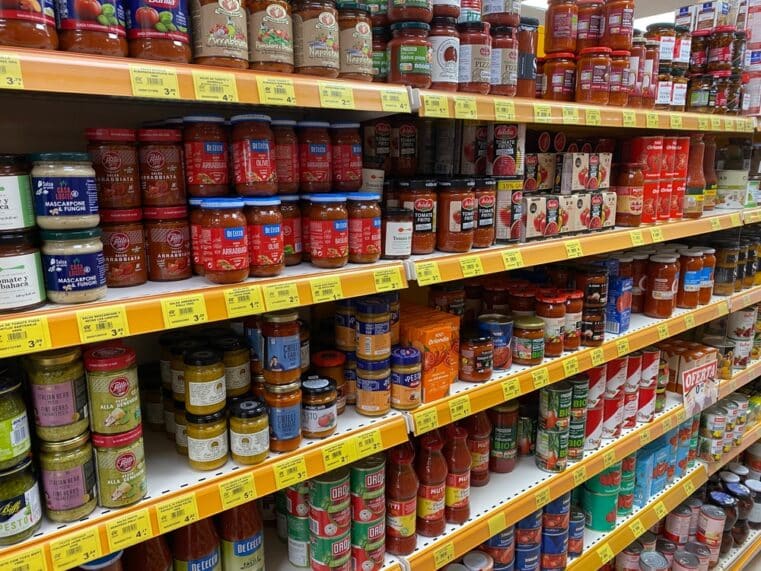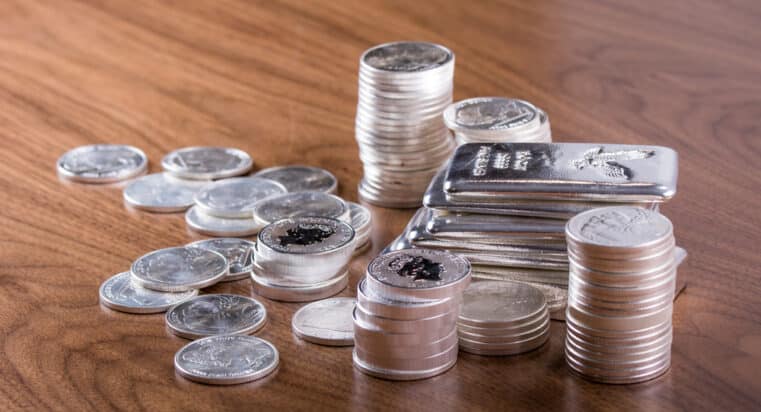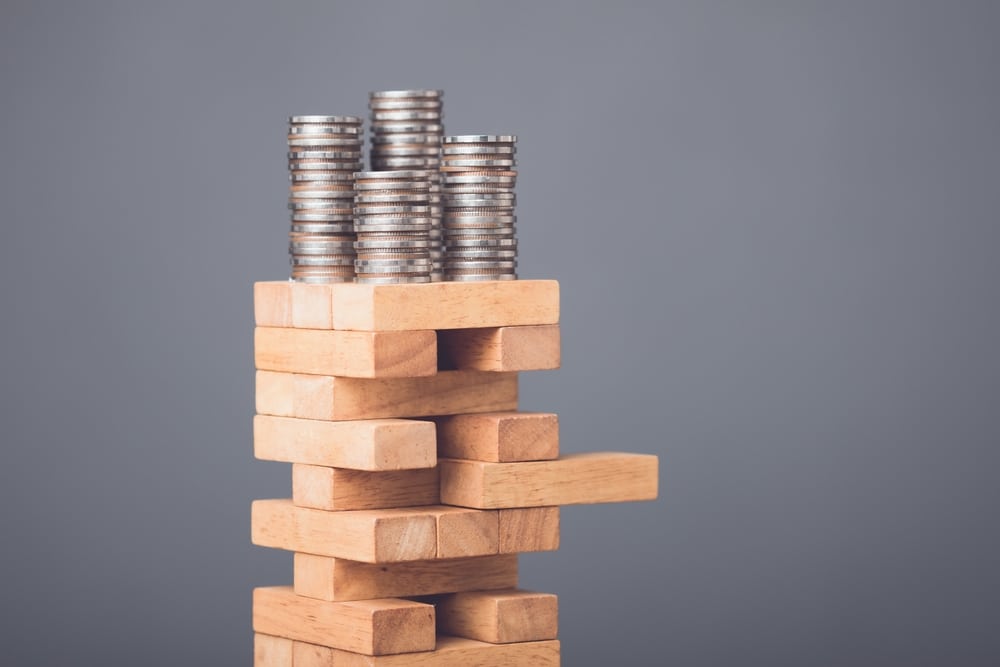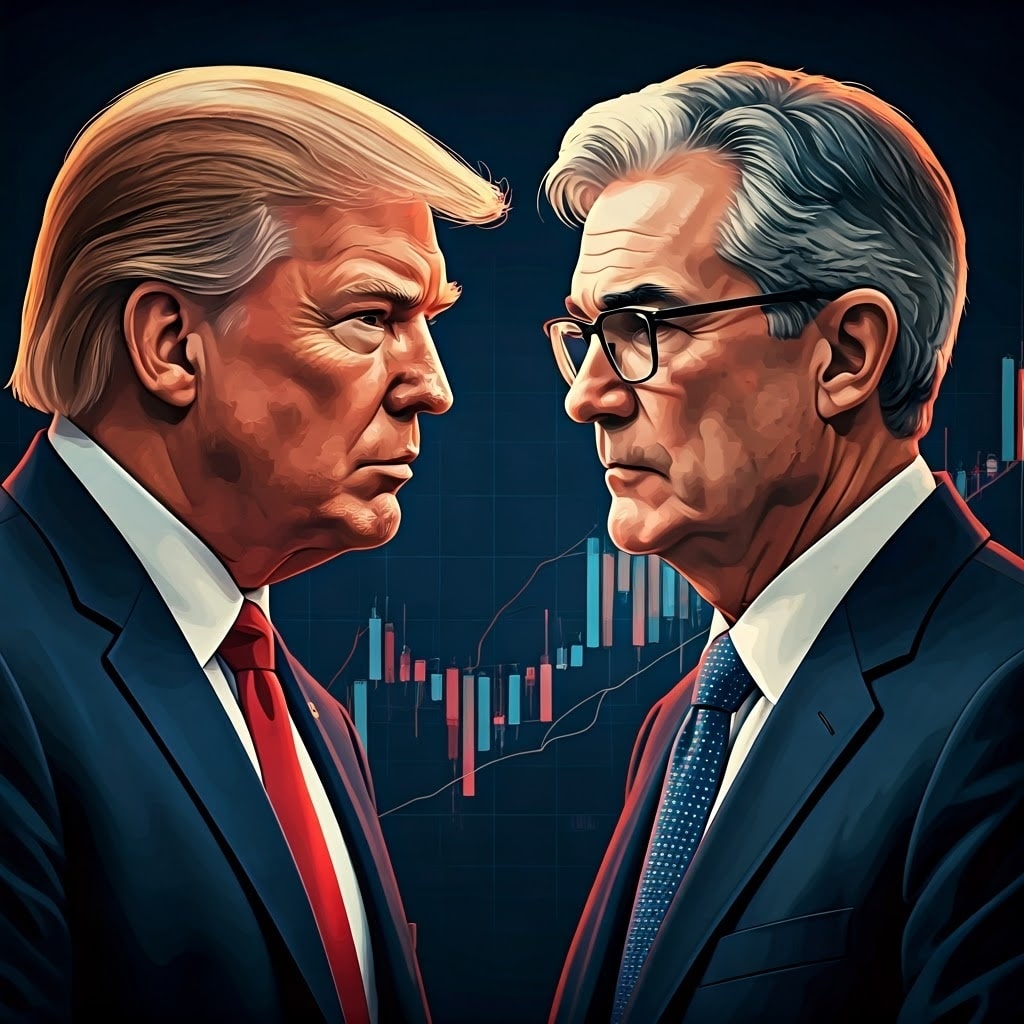
India Has Begun Dumping Billions of US Dollars
India has once again been caught red-handed dumping US dollars to shield its local currency, the rupee (INR), from an all-out collapse. On Monday, the INR hit an all-time low of 87.60 per USD, sending shockwaves through the forex markets. The Reserve Bank of India (RBI) swiftly ordered state-run banks to intervene, flooding the market with dollars in a desperate bid to halt the rupee’s freefall. This isn’t a one-time event—it’s part of a growing trend that signals deeper cracks in the global financial order.
According to Reuters, India’s central bank instructed major state-run banks to sell off billions in US dollars to artificially boost the rupee’s value. And this is far from the first time—India has been accused of similar interventions at least four times in the past year alone. So much for a free market. Instead, we’re watching a manipulated system where central banks prop up failing currencies while ordinary people bear the brunt of inflation and currency devaluation.
The impact was immediate: the rupee rebounded from its historic low, rising to 86.90 per USD by Wednesday. But don’t mistake this for real strength. It’s nothing more than an illusion—temporary relief bought at the cost of dwindling dollar reserves. A trader at a major private bank described the intervention as “triggering a bloodbath for longs” in the USD/INR market. Translation? Investors betting on a stable dollar were blindsided by a sudden artificial move, proving once again that trusting fiat markets is a fool’s game.
Even Kotak Mahindra Bank, one of India’s largest financial institutions, admits that the rupee remains under immense pressure. Their latest report warns that global uncertainties will continue to weigh down the INR, despite the central bank’s best efforts. In other words, this is a temporary patch on a sinking ship. And India isn’t alone—BRICS nations have been steadily moving away from the dollar, each finding their own ways to reduce reliance on an increasingly unstable US financial system.
What Happens When Other Nations Drop the Dollar?
India’s latest dollar-dumping move is just one chapter in a much bigger story—the global exodus from the US dollar.BRICS nations (Brazil, Russia, India, China, and South Africa) have made it clear that they want to move away from dollar dependence, conducting more trade in their local currencies and even exploring alternative reserve assets. Saudi Arabia is backing out of petrodollar agreements. China and Russia are conducting record-breaking trade in yuan and rubles. Even smaller economies are exploring ways to sidestep the dollar-dominated system.
Here’s what happens next: as more countries reduce their reliance on the US dollar, demand for dollars in global markets drops. When demand falls, so does the value. A weaker dollar means the cost of everything Americans import—oil, electronics, food—will skyrocket. Your paycheck will buy less, and inflation will accelerate.
But the real danger? Hyperinflation. If the dollar loses its status as the world’s reserve currency—meaning foreign central banks stop holding dollars as a store of value—the US government will be forced to print even more money to finance its endless deficits. At that point, the downward spiral is unavoidable. The more dollars printed, the less they’re worth, and prices soar out of control. Think Venezuela, Zimbabwe, Weimar Germany—but this time, it’s happening in the world’s largest economy.
How to Protect Yourself: Buy Precious Metals Before It’s Too Late
If you’re holding only US dollars, you’re sitting on a ticking time bomb. The good news? There’s a way out. Throughout history, when fiat currencies collapse, gold and silver remain standing. Unlike paper money, which governments can print into worthlessness, precious metals retain their value because they’re scarce, universally accepted, and immune to political manipulation.
When fiat currencies go up in flames, gold and silver rise in value as people rush to hard assets. In fact, during the 1970s stagflation crisis, gold soared over 2,300% in value while the dollar lost purchasing power. History is repeating itself. The smart money is already moving into metals—are you?
Take action before the next financial shock hits. Download Bill Brocius’ free guide, "7 Steps to Protect Your Account from Bank Failure," and get ahead of the collapse:
👉 Download here
If you’re serious about protecting your wealth, join Bill’s Inner Circle newsletter for exclusive insights on navigating the coming storm:
👉 Subscribe here
The global dollar exodus is already underway. Don’t be the last one holding worthless paper when the house of cards comes crashing down.


